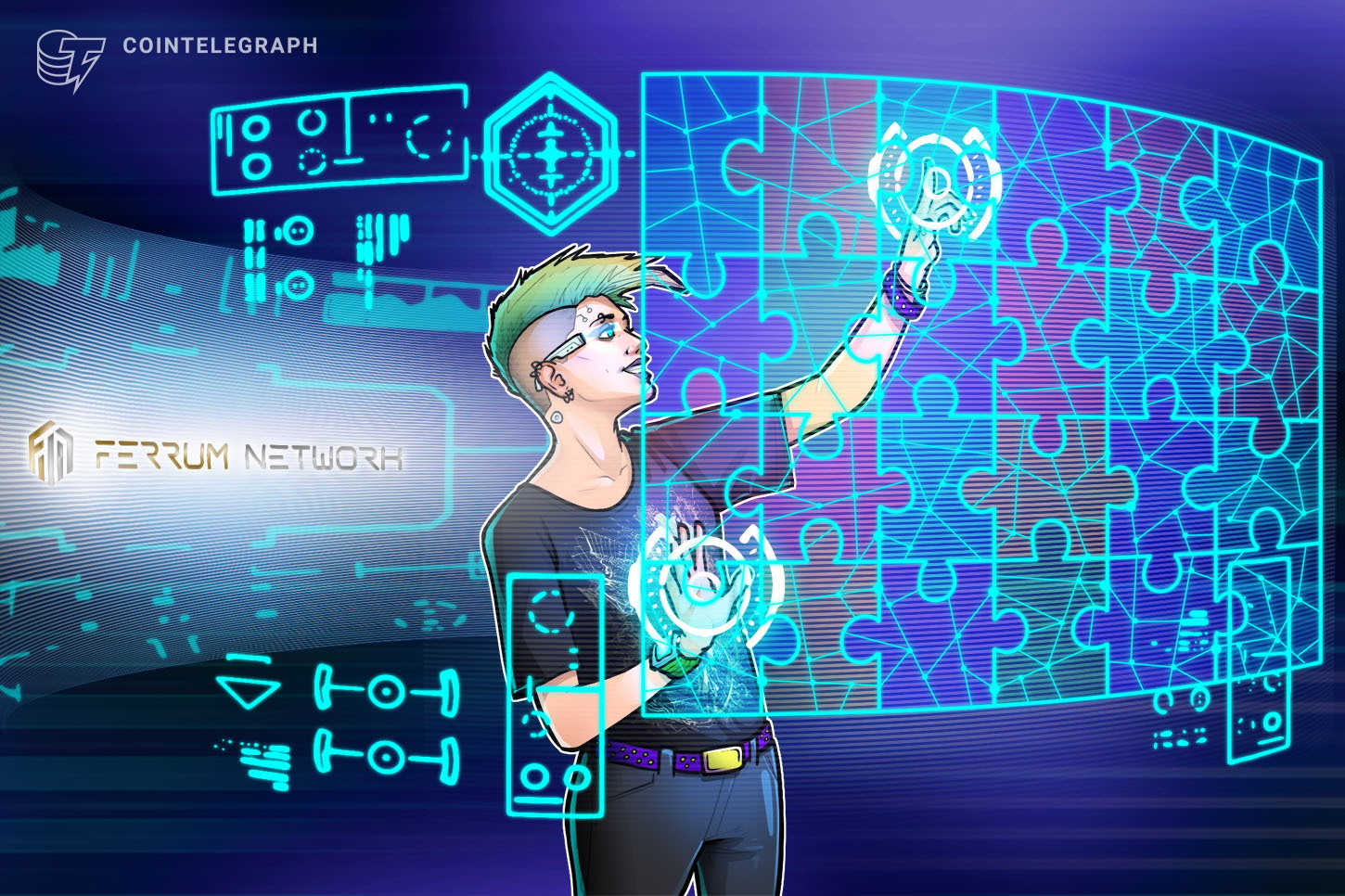Sponsored Content
Achieving seamless interaction between different Layer-1 networks is critical to realizing the full potential of blockchain solutions and accelerating global adoption. However, the decentralized nature of blockchain creates complex hurdles, making it difficult to overcome silos.
The lack of interoperability is hindering blockchain adoption because of multiple existing limitations, including:
- Inability to build multichain decentralized applications (DApps) — developers are limited in their ability to build DApps that can interact with multiple blockchain networks, narrowing their potential reach and functionality.
- Fragmentation — without interoperability, blockchain networks become more fragmented, with each network operating independently. This makes it difficult for individuals and enterprises to adopt the technology and get the most out of it. Moreover, fragmentation can eventually create the conditions for centralization.
- Reduced liquidity — interoperability would be a boost for liquidity, as it enables tokens and assets to be easily transferred across different chains. Without it, users are limited to trading within a single ecosystem, which results in lower liquidity and higher transaction costs.
- Limited scalability — the lack of interoperability can limit the scalability of blockchain networks. As more users and DApps are added to a network, the network can become congested, leading to slow transaction times and high fees.
The market is well aware of the importance of interoperability, with cross-chain solutions taking center stage during the last few years. However, the most popular solutions turned out to be the most vulnerable point. The so-called bridges, which facilitate the communication between Layer-1 networks, have been constantly attacked by hackers and other malicious actors exploiting the loopholes of this new infrastructure.
In 2022, about 50% of all blockchain exploits in decentralized finance (DeFi) were related to bridges, as per Token Terminal data from October last year. During the same month, blockchain analysis firm Chanalysis estimated that about two-thirds of funds lost due to hacking attacks in the blockchain space were related to bridges.

Source: Chainalysis.
North Korean-linked hackers alone are estimated to have stolen about $1 billion worth of crypto in the first three quarters of 2022, with bridges being the most targeted point.
Cross-chain communication needs a boost
Bridges have done a great job at showing the way, but they’re not the ideal solution to achieving interoperability. Most bridges employ the so-called notary model to facilitate communication between two different chains. This model implies a trusted third party to handle cross-chain transactions by verifying and forwarding them. While multisignature notaries should be more secure than single-signature notary solutions, they are still vulnerable to hacking attacks.
The industry needs to come up with better alternatives, and many developers are prioritizing security. One of the projects that can achieve layer-1 interoperability without compromising security is the Ferrum Network. Its mainnet is being built using Substrate, an open-source software development kit (SDK) that was also employed by Polkadot (DOT). In fact, Ferrum itself will be deployed as a parachain within the Polkadot/Kusama ecosystem. Ferrum also recently had its official whitepaper released, detailing the project’s foundation, fundamentals and future goals.
A main aspect of Ferrum is its multichain messaging engine known as Quantum Portal, which enables Ferrum smart contracts to be deployed on multiple chains to conduct multichain transactions or queries.
The Ferrum team hopes that its Quantum Portal will help the industry create an environment in which smart contracts and DApps are built just once and easily deployed on multiple chains.
Ferrum is promoting the next generation of multichain messaging across blockchain networks to empower a bridgeless future. Its “Infinity Layer” mainnet combines some of the latest technologies focused on interoperability, thus opening the door to multiple use cases, including:
- Interoperable metaverses — metaverse assets can be traded seamlessly regardless of which chain they originate from.
- Multichain staking — Multichain Staking would allow users to stake tokens on one chain and receive rewards on another.
- Multichain smart contracts and tokens — users can deploy token smart contracts on Ferrum and see those tokens operate across multiple chains. This is also possible with nonfungible tokens (NFTs).
- Multichain DeFi — the Ferrum infrastructure can support a cross-chain DeFi environment. For example, developers can build multichain decentralized exchanges (DEXs) and lending services. The multichain assets and tokens can balance liquidity across networks.
- Multichain wallet — developers can build a universal digital wallet to interact with EVM and non-EVM compatible networks.
Ferrum Network is working to bring interoperability to every chain in the industry.
Achieving interoperability between different Layer-1 networks is crucial for the growth and adoption of blockchain solutions. However, current cross-chain solutions, such as bridges, have proven to be vulnerable to hacking attacks, making them less than ideal for achieving this goal.
In the future, projects that can achieve interoperability without bridges will likely succeed and pave the way for cross-chain communication. By empowering a bridgeless future, the blockchain industry can scale at unprecedented levels, enabling developers to build once and deploy on any chain, which opens the door to multiple use cases and expands the potential of blockchain solutions.
Disclaimer. Cointelegraph does not endorse any content or product on this page. While we aim at providing you with all important information that we could obtain, readers should do their own research before taking any actions related to the company and carry full responsibility for their decisions, nor can this article be considered as investment advice.


